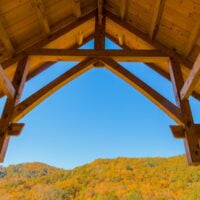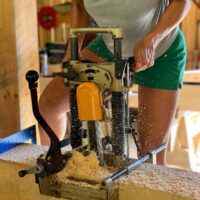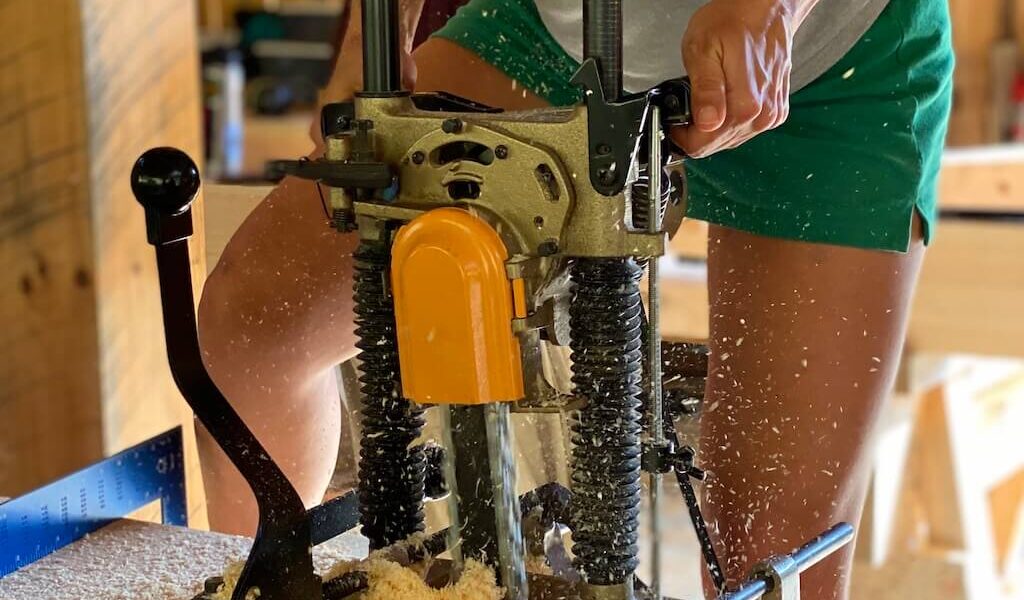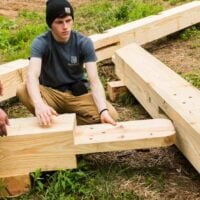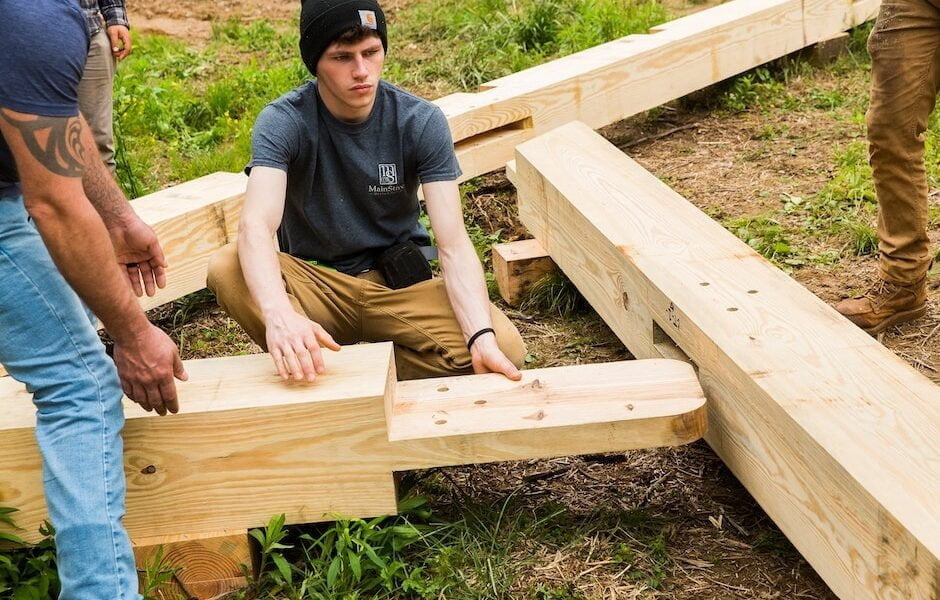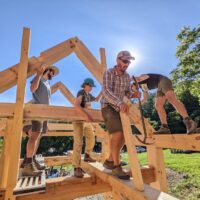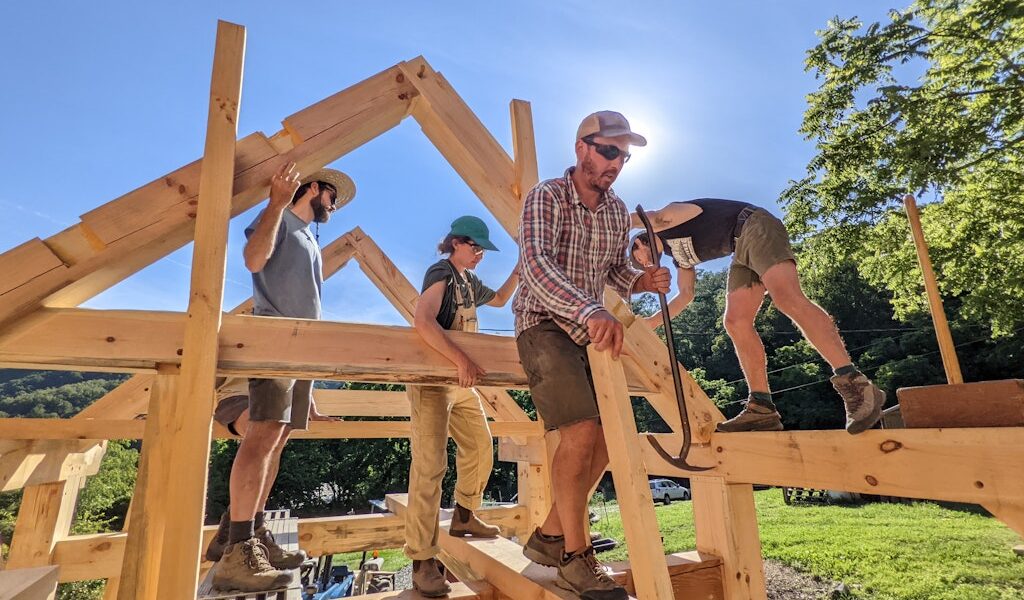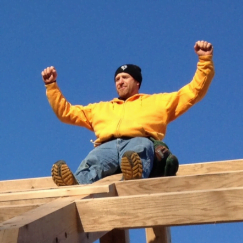What is timber framing?
Timber framing has been used for centuries to build beautiful, durable structures that stand the test of time and don’t require any screws or nails to hold them together. This versatile technique can be applied to homes, barns, and even the roof systems of elegant cathedrals. It’s a unique, solid, handsome, and time-honored style of building. Timber framing utilizes heavy timbers instead of thin framing wood (like 2×4’s). These timbers are connected using elegant and strong joinery, which interlocks the timbers and incorporates wooden pegs to secure them. Incredibly, this method of connection is much stronger and more lasting than using metal fasteners, which, over long periods of time, can attract condensation and break down. The result of timber framing is a building with an open floor plan, flexible wall materials, gorgeous exposed beams, and great durability.

Before the late 1800s, most buildings in the United States and Europe were timber framed. That’s because timber framing doesn’t rely on metal fasteners and sawmilled lumber, both rare luxuries at that time. These days, timber framers practice the art for its beauty, durability, strength, and craft. Timber-framed structures are both desirable and valuable.
Standing in a timber framed building is truly an experience; it’s like being embraced by a marriage of trees — their strength and beauty — and human ingenuity. You can feel the craftsmanship and love that goes into the joinery, and the breathtaking aesthetics of artfully exposed beams.
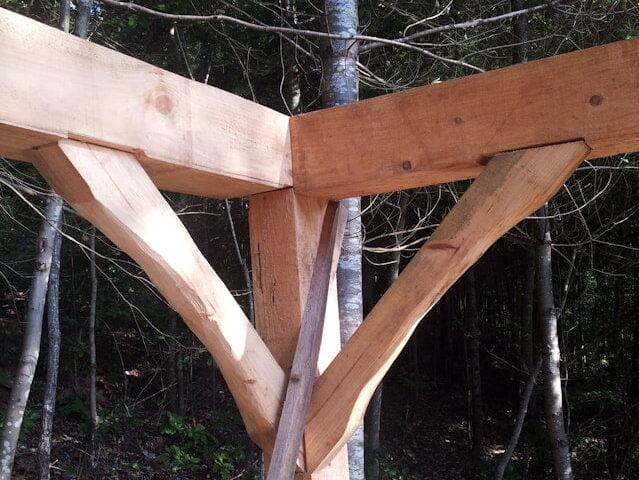

What our students say


Alyse
New York
Operations Manager


TC
Arizona
Poet Laureate
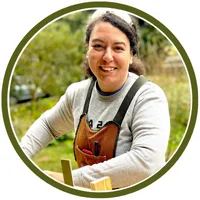

Lee
New York
Operations Manager


Thomas
North Carolina
Filmmaker


Isaac
North Carolina
Engineer
Receive Step-by-Step Guidance on How to Fabricate a Timber Frame
In the beginning, we’ll have a pile of timbers, tools, and plans; by the end, we will have the elements of a beautifully crafted timber frame! Through demos, careful instruction, and hands-on practice, you’ll learn how to do each step, including how to use some of the unique tools of the trade, and how to cut snug-fitting mortise and tenon joinery.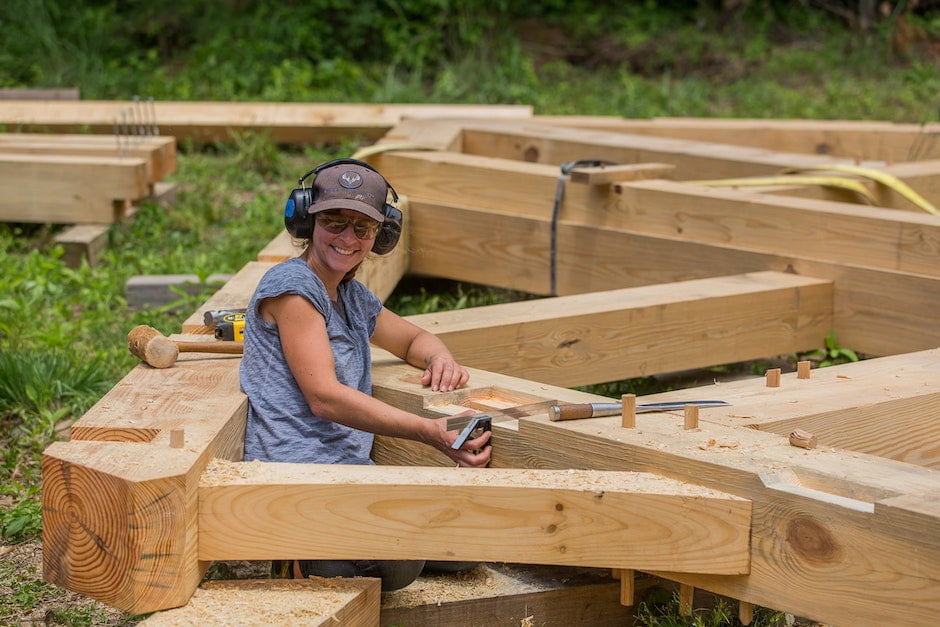

This class is completely hands-on; you’ll walk away with experience in every step of the process.
Part of the beauty of timber framing is that it has always been a group process. Ever heard of old-time barn-raisings? Those barns were timber-framed! Throughout this class, we’ll communicate with and support each other so that we can collaboratively craft a beautiful building. Then, at the end, we’ll assemble, fit, and raise the frame with our collective strength, and the help of some big machines.


Be Part of Creating Something Beautiful
This year during our Timber Framing Class, we’ll be creating an elegant pavilion at our new campus that will be used for teaching, learning, and evening hangouts. It will be right next to a mountain pond and near our forest camping sites and fire pit. The location is lovely. Most students in a beginner or intermediate timber framing class don’t get a chance to work on something so grand.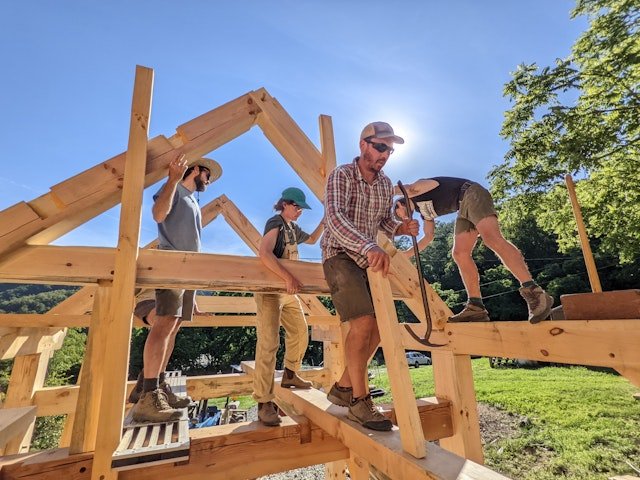

Who This Timber Framing Class is For
We’ll split up the class according to skill level managed by multiple instructors, so there will be accessible lessons for everyone, no matter what skills you begin with. You don’t need any prior knowledge of timber framing to take this class. Whether you’re a total newbie or experienced builder, a novice carpenter or artisinal woodworker, you will gain a tremendous amount of knowledge and skill. 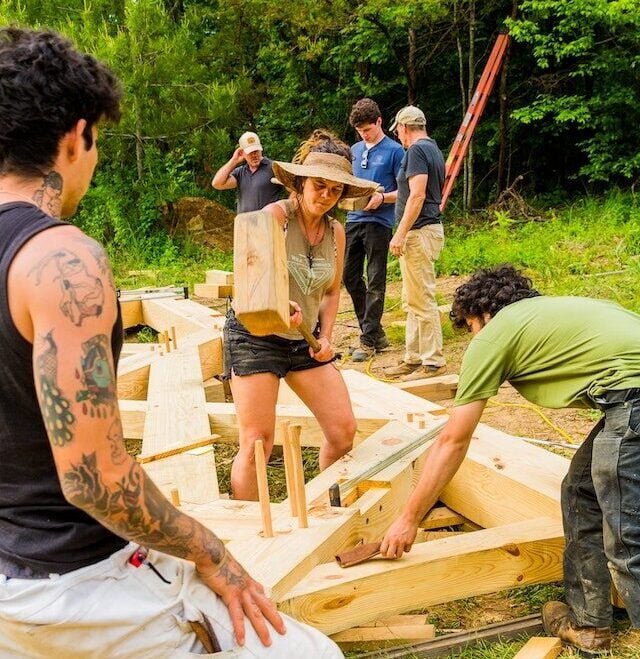

What to Expect from Our Timber Framing Workshop:
Learn the fundamental skills you need to cut timber frames yourself. Be part of a team that creates a frame of great beauty and strength. Gain satisfaction and competence with tools and the craft.
Working with large timbers can be intimidating, and safety is crucial. Throughout the class, we’ll place an emphasis on safety and communication so that everyone can relax and work together smoothly and calmly, even in the presence of sharp tools, big wood, and big machines. Even though we will employ machines during this class, we’ll also cover manual methods for moving heavy things safely, so that you can apply what you learn at home, even if you don’t have access to machinery. You’ll start by learning how to interpret the plans for this timber frame, then measure and mark where exact cuts will take place on blank timbers. After that, you’ll get plenty of practice with the tools of timber framing cutting exact pieces to be fitted together and raised into an beautiful frame. The tools unique to timber framing are uncomplicated and are similar to regular carpentry tools, but much larger in scale. In this timber framing class, you’ll be asked to bring basic carpentry tools like a tape measure, a square, etc. In addition, you’ll be expected to bring your own timber framing chisel, hand mallet, low-angle block plane, and a Stanley bench plane (number three or four) or similar. These same tools can be used when you go home to work on your own timber framing projects, small or large. You will receive a list about where to get these upon registration.Safety in the shop and onsite
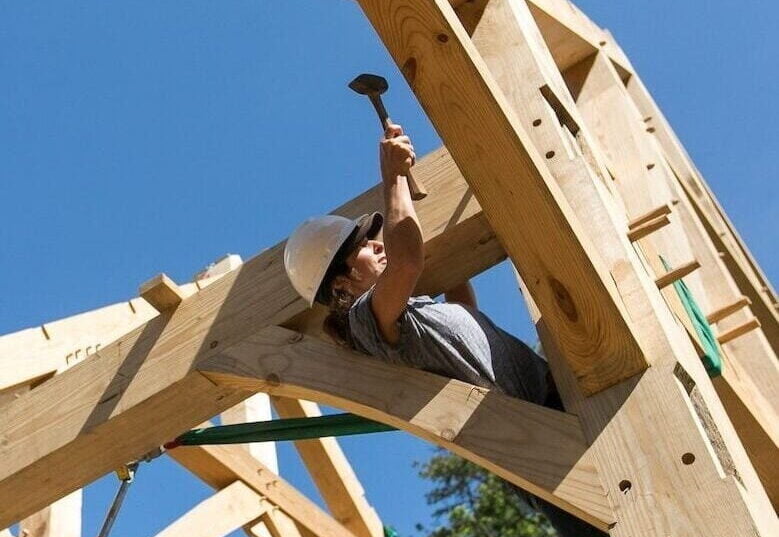

Learn how to layout, mark, and cut timbers for the frame
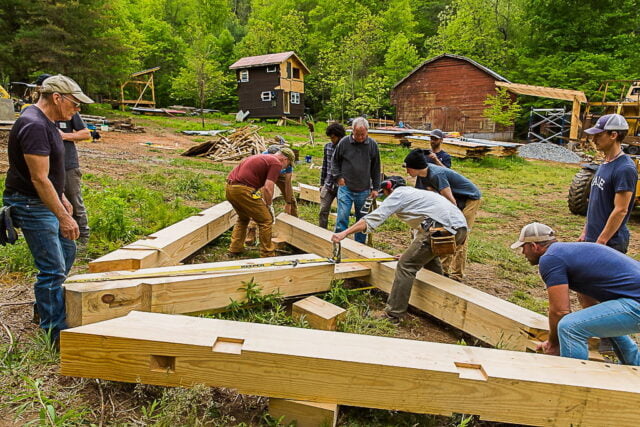

Tools for Timber Framing
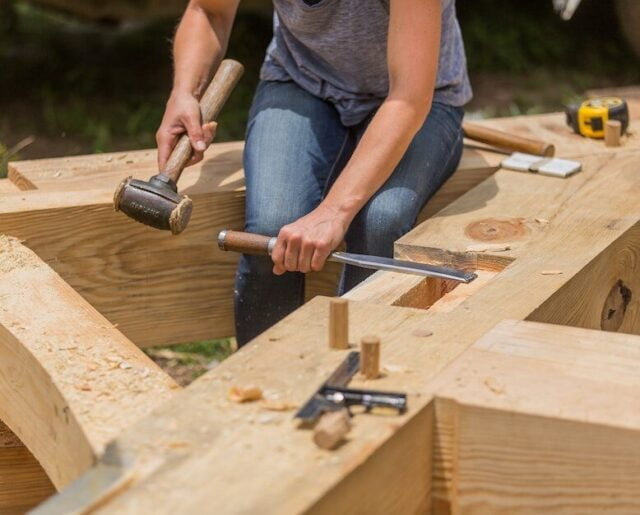

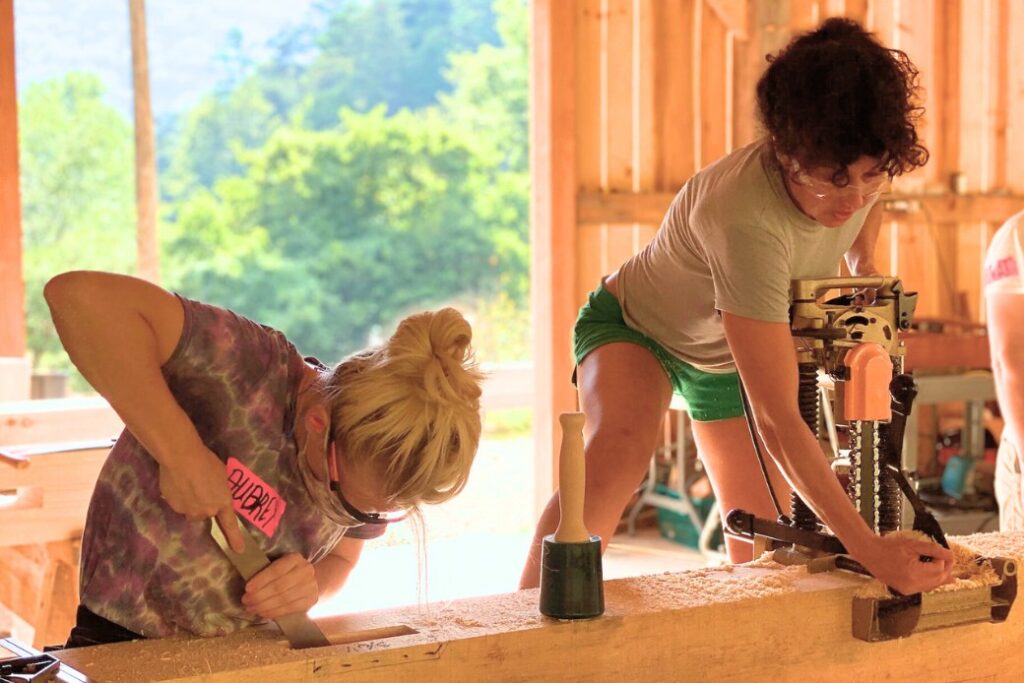

With these tools in hand, you’ll learn how to use simple framing and combination squares to lay out your joinery. Then, you’ll be shown how to safely and effectively make exact cuts and create the mortises and tenons that will hold everything together. The beauty of this technique is in its simplicity and strength. Mortise and tenon joinery works by creating pieces that fit together exactly, thanks to the careful use of hand tools to get them just right. This is a hands-on class that includes demonstrations and conversations about wood choices, design/structure choices, tool and layout choices and other considerations to provide a solid foundation for students to explore their own timber frame projects, at home and beyond.Learn mortise and tenon joinery!
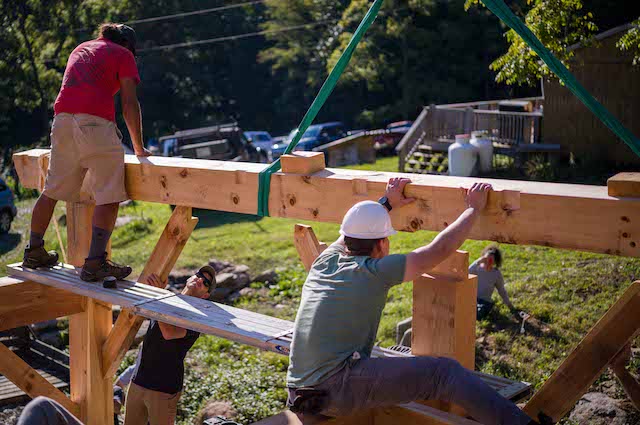

Discussion of design considerations, terminology, and trusses
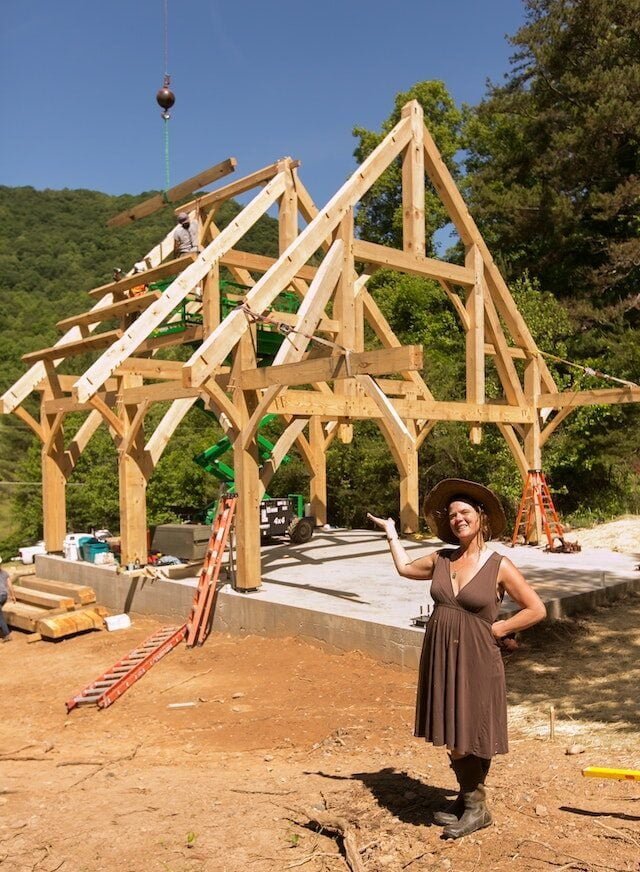

Nurture Community While Learning a Time-Honored Craft
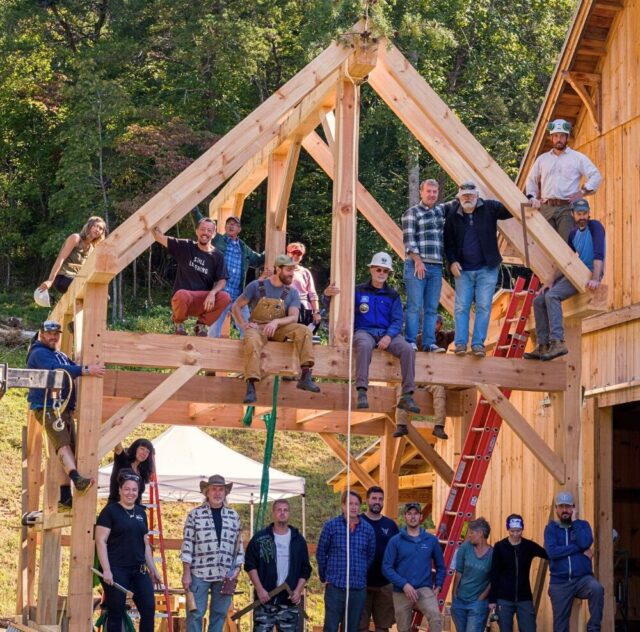

Instructors
Patrick Shunney
Patrick Shunney, director of Shunney Timberworks, began his building career inthe woods of West Virginia building forts from downed trees, and not much has changed. After a background in architecture, he became a general contractor in 1998, and a TimberFramers Guild member shortly after that. Based in Leetown, WV, he’s had the pleasure of working ...This class is held near Asheville, NC, at the Wild Abundance Paint Fork Campus
Our Paint Fork campus is a bustling creekside landscape with gorgeous mountain views, a breathtaking timber-framed pavilion classroom, and spacious covered open-air wood shops for learning building and carpentry in all weather, plus other lovely features. The Paint Fork campus is 30 minutes north of Asheville.
Please note: our campuses are all unconventional, with rustic amenities and uneven ground. Read more about Planning your trip and about our campuses. You’ll receive detailed directions on how to get here upon registration.
Pricing for Timber Framing
For 7 day class: $1300 – $2600
Please pay what you can afford. The median price is suggested to help cover the full cost of hosting this class. Please select the low end of the sliding scale if you are low-income. If your household income is over $115,00/year, please select the maximum fee. Please place yourself in this range where you deem appropriate, based on your income.
Course Date:
- Jun 14-21, 2025
Join the WAITLIST to be the first to know when this class opens up for enrollment.
You'll also receive our newsletters


